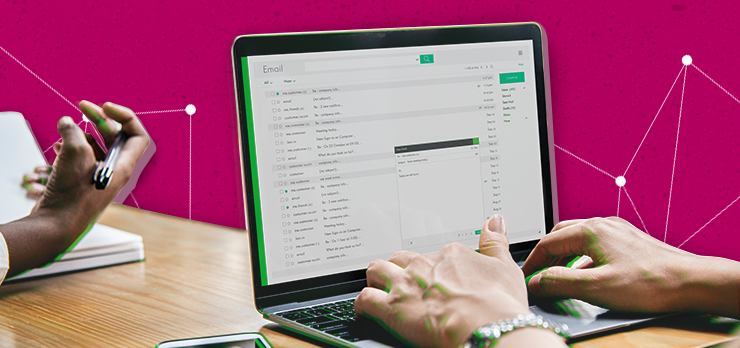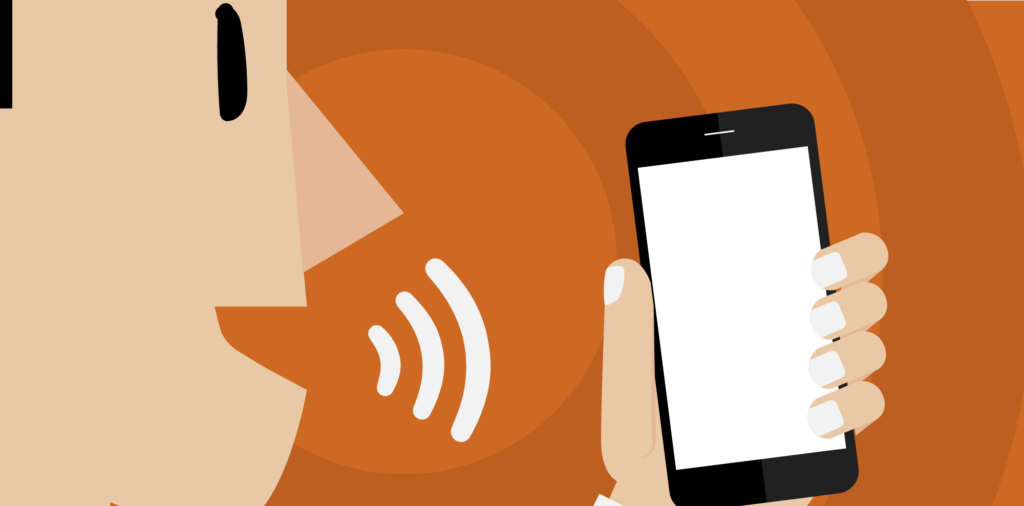For the uninitiated, email marketing is the use of email to promote a product, engage with consumers, and make general announcements like new product launches and promo deals. It has been around for the good part of the last 4 decades, a testament to its effectiveness in reaching out to consumers in ways that traditional tri-media marketing cannot.
1. It’s cost-effective.
Firstly, it’s cost-effective, and, if done right, can bring in higher returns on investment. Consider the 20% average open rate according to Mailchimp: email marketing guarantees eyeballs from consumers that can lead to conversion. You can even increase this conversion rate by serving personalized content that your audience will find relevant, interesting, and useful. They will be more likely to respond to your CTA if they find value in your email.
For example, you can include a Facebook Share button in your email to make your content easily shareable, making it your CTA. If your subscribers like the content, they are more likely to act on your call-to-action.
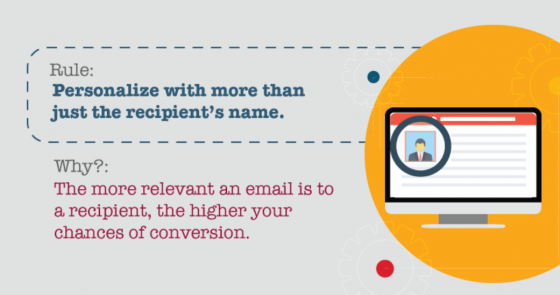
2. It’s diverse.
Another benefit is its ability to engage with the target audience through a variety of formats such as sending weekly newsletters, reaching out to inactive subscribers, and sending order follow-up emails (read our blog post on the different types of marketing emails you can send). Just take a look at the numbers below:
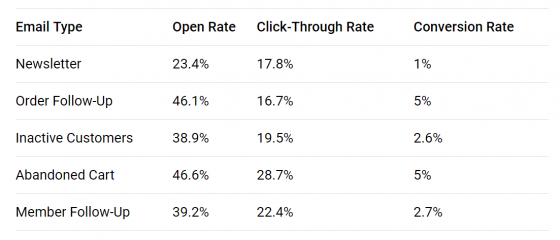
Per dollar spent, these conversion rates per email type are relatively good returns. Take Abandoned Cart-type emails, for example: its 5% conversion rate means that 1 in 20 people who have abandoned their shopping carts proceed to make a purchase after receiving this email. This can bring significant returns at scale. And while Newsletter-type emails only have a 1% conversion rate, the customer lifetime value of every customer it converts is worth the customer acquisition cost. This Email Marketing Gold study best illustrates the advantage of email when it comes to ROI compared to other channels:
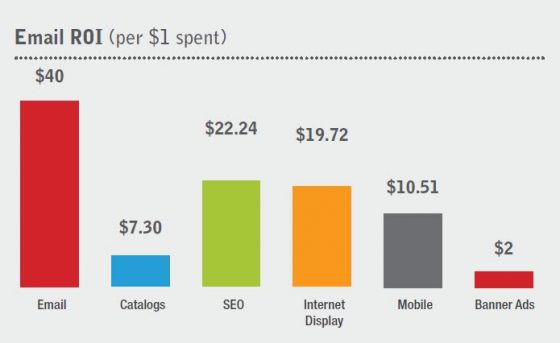
What these numbers mean is email marketing can get your customers to take action. For example, if your email marketing objective is to get inactive subscribers to re-engage with your business, sending a well-crafted email that asks them how you can improve your content can help you establish another round of engagement. Inviting them to share their thoughts can push your subscribers to respond to your email and re-engage.
3. It’s personal.
But the greatest benefit of email marketing is its granular target audience segmentation capability. It enables marketers to target specific audiences based on their demographics, gender, geolocation, purchasing habits, and to some extent, online presence. This email marketing capability, also known as behavioral email marketing, works best when combined with predictive analysis such as taking advantage of social media data to create hyper-personalized emails.
With a segmented list, you can make sure that certain content goes to customer segments that find value in what you’re emailing them about. This ensures your email gets a higher chance of receiving better engagement. Segmentation combined with split testing can work wonders for your campaign. Also known as A/B testing, split testing is sending different versions of your email to two different groups of people who exhibit similar characteristics. You can learn more about A/B testing in this article about 5 tips to improve your email marketing plan.
Consider this case study about how Gregory Ciotti helped the Sophistefunk newsletter achieve a 59% improvement in email open rates. The newsletter was generating low engagement despite serving up tons of content.
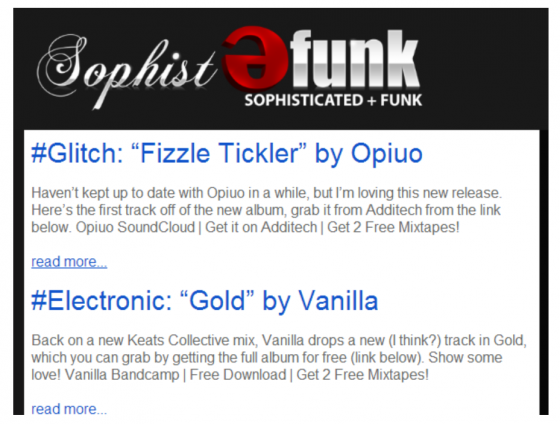
Ciotti had a hunch that focusing on one CTA will improve the engagement on his emails, so he performed a small experiment where he tried just that. Lo and behold, that is exactly what happened! The newsletter started getting more customer engagement with 59% open rate and 31% CTR.
With a higher open rate and better click-through rate, subscribers are more likely to keep moving forward and respond to your CTA. This can bring more engagement in your Facebook page (for easily shareable content), Youtube channel (for interesting videos you emailed to your subscribers), or even in your website (for amazing deals that your customers can get with the promo code you gave them).
Email analytics, click tracking, and list segmentation — these features can help you tweak your campaigns to ensure that your audience is engaged. But to do these, you’re going to need more than just your Gmail or your Outlook inbox — you’re going to need a platform like Ignite, our all-in-one self-serve marketing automation platform.
Want to learn more about email marketing? Hit us up at https://adspark.ph/contact-us/ and we’d be more than happy to help.

